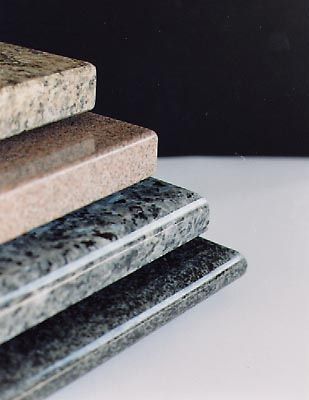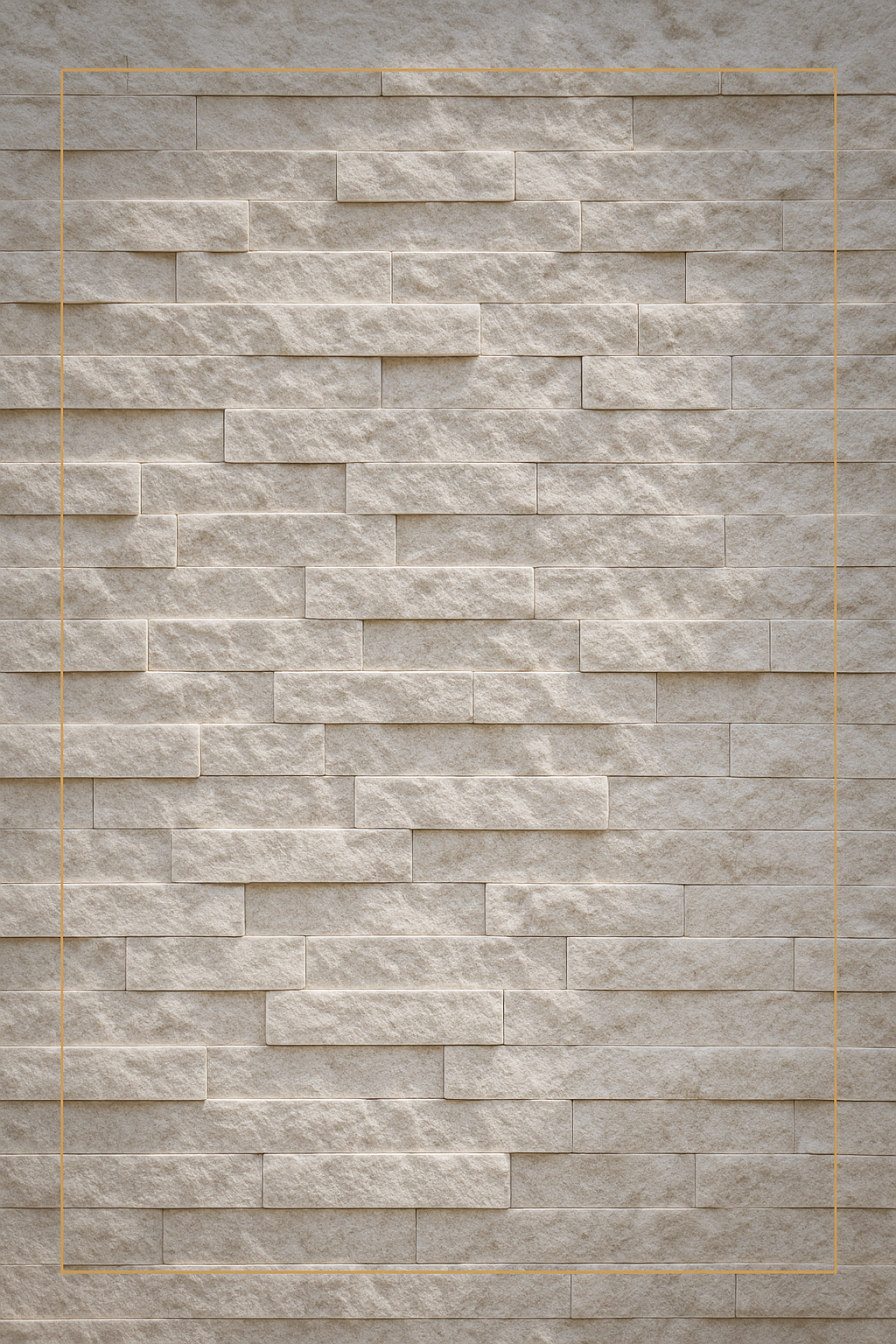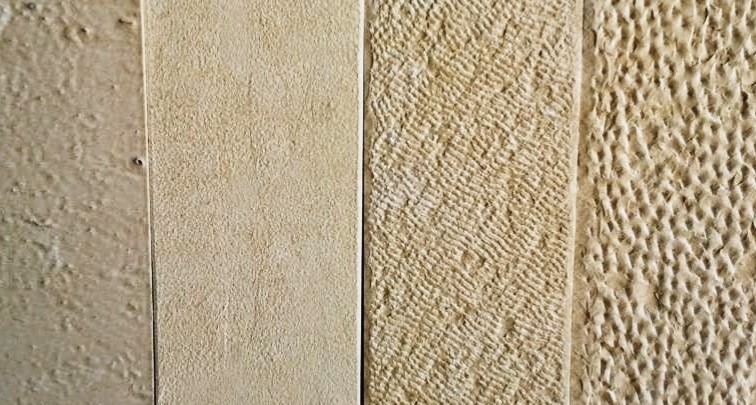
Marble vs. Granite: Understanding the Differences Between Two Timeless Stones
Marble and granite are two of the most coveted natural stones in architecture and interior design. Their luxurious appearance and natural appeal have made them staples in homes, buildings, and monuments for centuries. However, while they may seem similar at first glance, marble and granite have fundamental differences that influence their performance, aesthetic, and ideal usage.
Geological Origins: A Tale of Two Stones
The key difference between marble and granite lies in how they are formed:
Marble is a metamorphic rock, composed mainly of calcite or dolomite. It forms through the transformation of limestone under intense heat and pressure. This process creates a softer, more porous stone, typically showcasing elegant veining and a uniform texture.
Granite, on the other hand, is an igneous rock, formed from the slow crystallization of magma beneath the Earth’s surface. Its composition includes quartz, feldspar, and mica, resulting in a much denser and harder material.
These distinct origins directly affect the stones’ durability, texture, and overall physical properties.
Aesthetic Appeal: Classic vs. Contemporary
Both stones exude elegance, but their visual appeal differs significantly:
Marble is prized for its smooth, veined patterns and subtle color palette. It’s the material of choice for luxurious bathrooms, feature walls, and artistic sculptures. Its classic look makes it ideal for traditional and timeless interior designs.
Granite offers a speckled appearance with a wide array of colors and patterns. Its versatility and dynamic look make it popular for kitchen countertops, flooring, and outdoor applications. Granite works well in both modern and rustic settings, providing both style and strength.
Durability and Maintenance
When it comes to performance, granite has a clear edge—but both stones require care:
Marble is more porous and prone to scratching and staining, making it less ideal for high-traffic or spill-prone areas. It requires regular sealing and gentle cleaning with non-acidic solutions to maintain its finish.
Granite is highly durable, scratch-resistant, and heat-tolerant, making it a better option for kitchens and outdoor use. While it also benefits from sealing, its maintenance needs are generally lower than marble’s.
Choosing the Right Stone for Your Space
Ultimately, the choice between marble and granite depends on your specific needs and design vision:
Choose marble if you want a soft, elegant look and are willing to invest in regular maintenance.
Choose granite for a tough, versatile surface that can handle heavy use with minimal upkeep.
Both materials bring unique beauty and value to any space—understanding their differences helps you make the right choice for your project.


